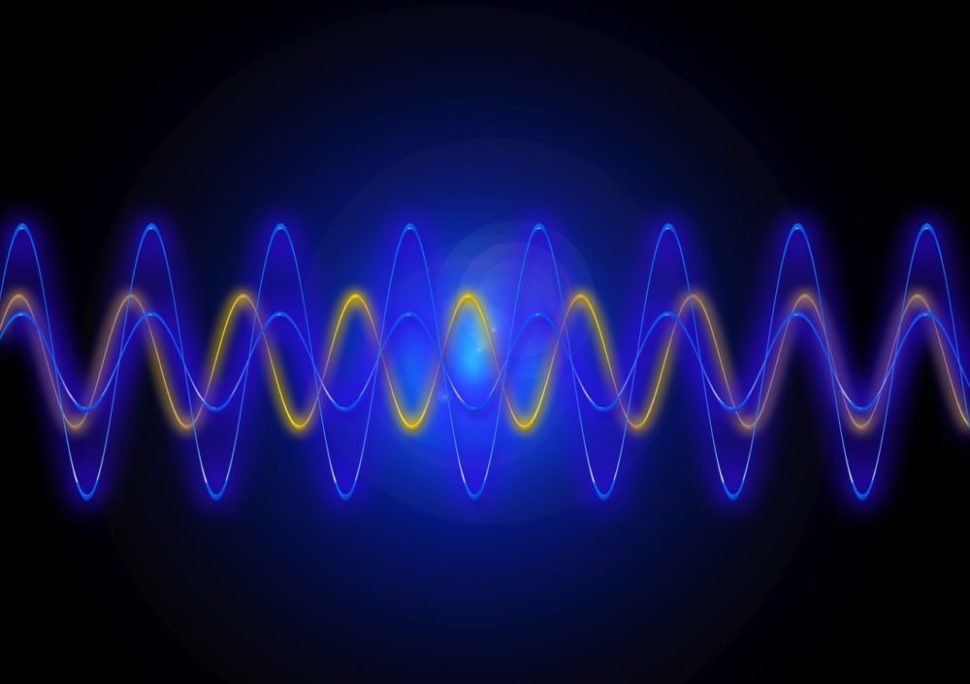Physicists have theoretically demonstrated how light waves could be stopped at “exceptional points.”
There’s one fundamental rule in Physics that all of us probably know other than gravity. It is that nothing can go faster than the speed of light in a vacuum. In fact, in just eight minutes, it can travel over 90 million miles from the Sun to the Earth.
Scientists previously believed that it was impossible to stop light waves traveling in free space. However, things may change now due to a new study which has demonstrated how it is possible to stop light in its tracks.
In a study published in the journal Physical Review Letters, physicists from the Israel Institute of Technology and Instituto de Matemática Pura e Aplicada (IMPA) in Rio de Janeiro theoretically demonstrated a new method to bring light to a standstill. According to the researchers, they found that there are so-called “exceptional points” where light stops in its tracks.
Physicists from Israel and Brazil find a new method to stop light as it travels in free space.Click To TweetThe team was composed of SIT physicists Tamar Goldzak and Nimrod Moiseyev together with Alexei Mailybaev of IMPA. They explained that these exceptional points are the “points at which two light modes come together and coalesce, in waveguides that have a certain kind of symmetry.”
The team claimed that the new method they used could be tuned to work with a wide range of frequencies and bandwidths. This could become something that may give slow-light application a significant edge in the future.
Stopping Light Waves in Their Tracks
For years, scientists have tried different methods to bring light to a standstill. While most of the experiments failed, some attempts were able to slow it down as it traveled through materials like glass and water. Despite this progress, it is still generally deemed impossible for particles of light waves, known as photons, to be slowed, much less stopped, while traveling through free space.
However, modern physicists are not yet ready to give up. The team chose to not rely on supercooled atoms or imprinting light and instead to focus on different methods that had not yet been explored. Doing this, Goldzak and his team managed to tune the weaves of light so that they met at their exceptional points.
In essence, waves, regardless if they’re made of light, sound, or quantum vibrations, are complex 3D shapes that continuously change based on the properties of the element they are traveling through.
Now, by tuning these container properties using waveguides, the team of researchers has been able to determine how to merge a wave and its mirror twin. This merging happens at exceptional points, which were once only considered to be mathematical concepts.
In their paper, the researchers explained that, theoretically, light waves could be tuned in a way that the light would completely stop at the exceptional points. Then, by tweaking the properties and beams of light, it would once again enable light to move and accelerate back to its normal speed.
Right now, the physicists have not yet built any real-world light-stopping exceptional point. However, the researchers said that their next step would include figuring out if exceptional points could be used to stop other forms of waves. The team is also looking into the potential of using their research in solving problems in quantum mechanics and creating new technologies relying on bending and shaping waves.



















If you can stop light you can stop gravity. And stop time. Reverse time. And create dark animator.